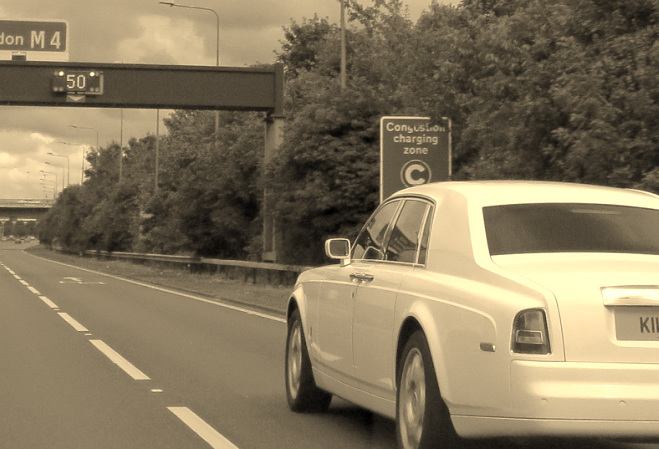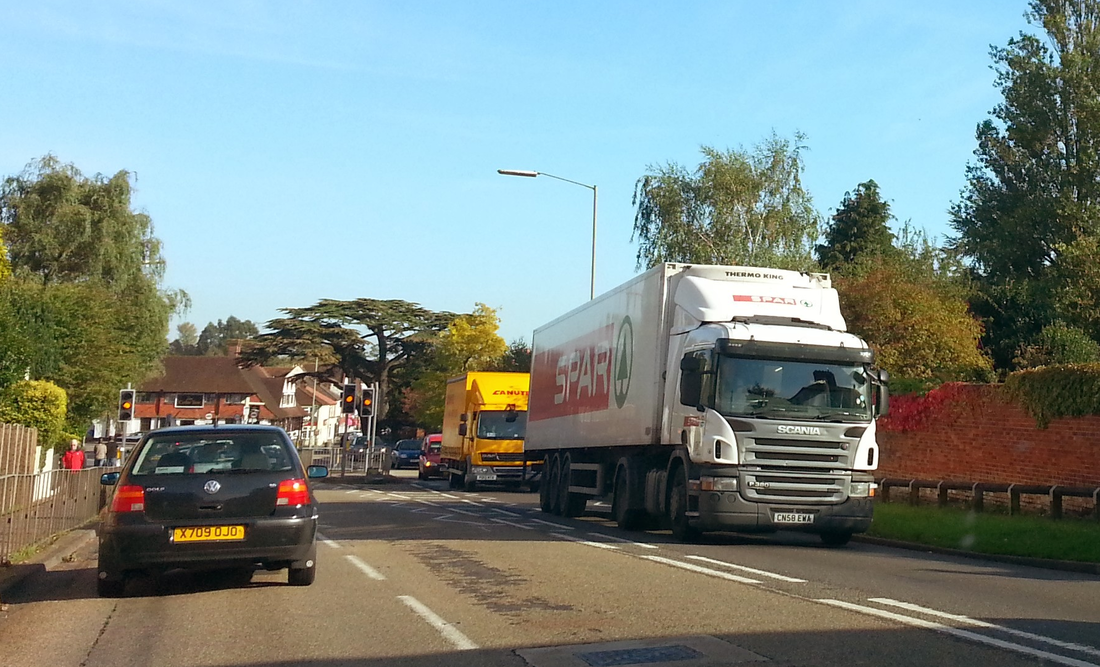|
While traveling on a two-lane dual carriageway you should stay in the left-hand lane. Use the right-hand lane only for overtaking or when turning right. After overtaking, move back to the left-hand lane when it is safe to do so.
2 Comments
If you breakdown on a carriageway you should put a warning triangle on the road at least 45 metres (147 feet) behind your broken-down vehicle on the same side of the road, or use other permitted warning devices if you have them. Always take great care when placing or retrieving them, but never use them on motorways.
The lane on the right may be used for overtaking or turning right. After overtaking, you should move back to the left lane when it is safe to do so. When you are changing lanes for overtaking or turning right, you should first use your mirrors and if necessary take a quick sideways glance to make sure you will not force other road users to change course or speed. When it is safe to do so, signal to indicate your intentions to other road users and when clear, move over.
If you are overtaking, watch for clues that traffic ahead of you is slowing down to turn right. gov.uk Overtaking on the nearside (left) is legally acceptable if you are driving on a multi-lane carriageway in congested conditions, and the lane to the left is moving at a faster speed than lanes to the right. In these circumstances overtaking on the left is permissible although extra caution is needed for an awareness of other vehicles moving to the faster lane on the left.
It is also permissible to overtake on the left if the vehicle in front is signalling to turn right. Overtaking on the left in these circumstances although permissible is subject to road markings and signs that may suggest otherwise. |



